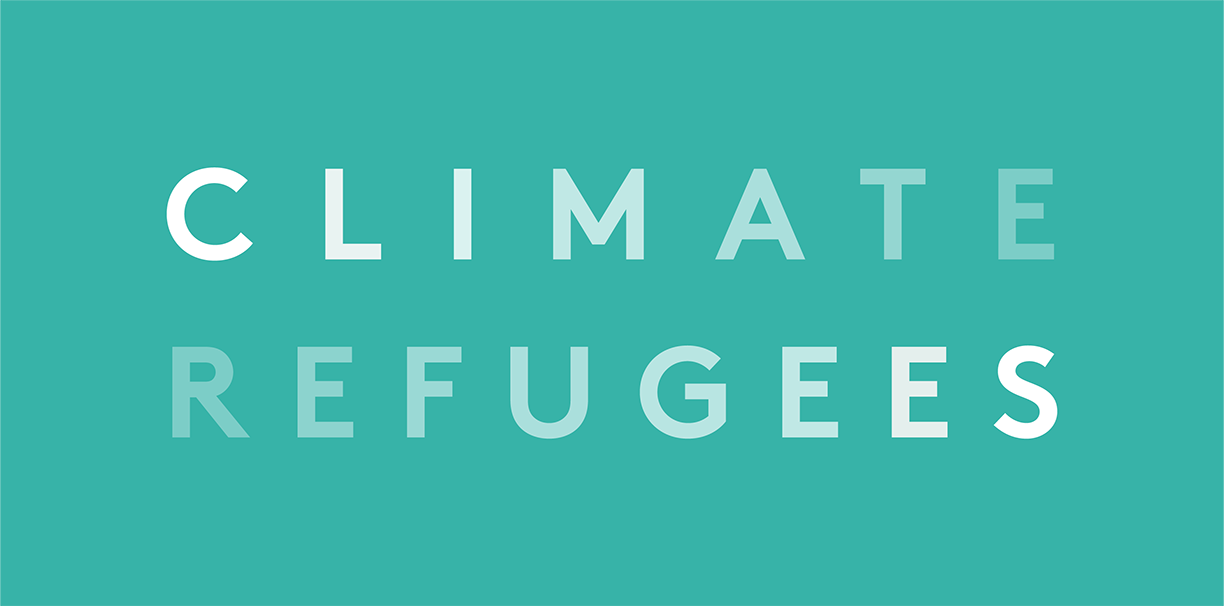Last summer, the United States Bureau of Population, Refugees and Migration (PRM) announced a “new approach to address the impacts of climate change on migration and displacement”. The announcement emphasized the importance of developing “humane policies” and outlined the four principal objectives of the US in addressing the impacts of climate change on migration and displacement. While a promising sign, so far this “new approach” has resulted in little substantive change, all while the US struggles to implement coherent and effective immigration and climate policy.
Climate-Migration Nexus Garners Attention at Africa Climate Week
Mirroring increased interest in the media and even among the public at large, the link between climate change and forced migration received some high-profile attention during September’s Africa Climate Week and Africa Climate Summit, which ran concurrently in Nairobi in early September.
Perhaps the most notable development of the week was the signing of the Kampala Ministerial Declaration on Migration, Environment and Climate Change (KDMECC-AFRICA). 48 African nations have now agreed to adopt the declaration, which was first put forth in July 2022 and at the time signed by 15 states. The expanded consensus around the declaration represents a major milestone in addressing displacement as a result of climate change in the most climate-vulnerable continent in the world. Parties to the declaration commit to using a “human rights-based approach in the design and implementation of policies relating to the climate change-migration nexus.”
Global South Leading the Way Via Climate Vulnerable Forum
On April 27, 2022, the Climate Vulnerable Forum (CVF), an international partnership of global South countries highly vulnerable to a warming planet, released a telling report titled “Climate Survival Leadership Barometer”. The report was released under the CVF’s signature initiative “Midnight Survival Deadline for the Climate”, which served to remind governments of the obligations they had taken on at the UN Climate Change Conference at Paris, or COP21, in 2015. The report analyzes updates to national mitigation and adaptation targets – referred to as “Nationally Determined Contributions” (NDCs) that countries committed to revise every five years starting in 2020 to deliver on the Paris Agreement. Some notable findings on the adaptation side are worth highlighting, for they speak to the collective will (or lack thereof) of governments to institutionalize the very resiliency-building measures needed to address root causes of migration in a climate crisis-stricken world.
Latest IPCC Report Projects Climate Change Will Increase Migration Within Africa
“By 2030, about 250 million people may experience high water stress in Africa, with up to 700 million people displaced as a result.” Seven hundred million people. For context the entire population of Africa is 1.4 billion. That means by 2030 half the continent of Africa could be displaced as a result of climate change.
This dire warning of displacement comes at a time when many African nations are already witnessing record breaking droughts even today.
To Mitigate Climate Change, Combat Slavery and Protect Climate Migrants & Refugees
Addressing the needs and protection of climate migrants is a matter of human rights, but according to a new study linking modern slavery and climate change, it might also hold massive potential in mitigating climate change. Astonishingly, modern slavery emits 2.54 billion tons of CO2 a year and over the past few years, increasing correlations have been made recognizing the nexus between climate change, migration and modern slavery. According to Anti-Slavery International, modern slavery can come in the form of human trafficking, forced labor, debt bondage, forced prostitution and child labor among others, and now climate-induced migration is increasing migrants’ vulnerability to modern slavery.
2021 Deepened Climate Migration as Survival
2021 closed with yet another year of record forcibly displaced persons and the climate crisis played a major role driving over 84 million people out of their homes.
We already know that in 2020, three times as many people - 30.7 million - were internally displaced by the climate crisis than by conflict or violence. Numbers over the last decade don’t fair any better either, where twice as much displacement was triggered by weather-related events than conflict or violence. The trends tell us people are being forcibly displaced, forced to migrate and wherever possible, migrating to survive.







